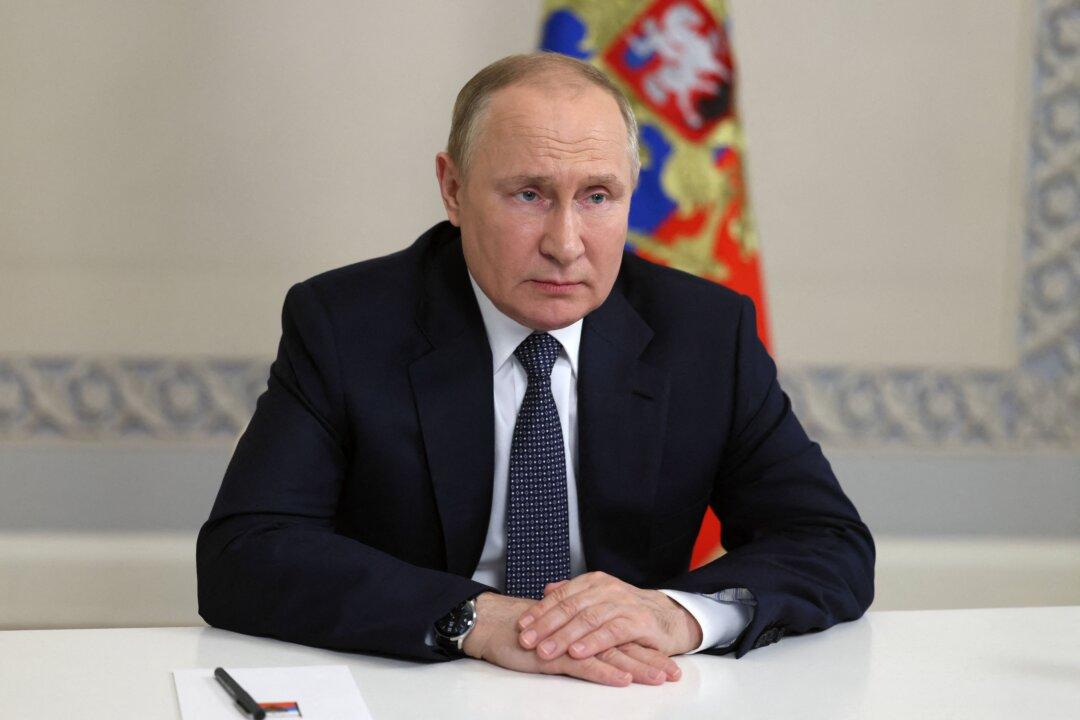Commentary
I’ve been rather baffled on the rhetoric of the Biden administration concerning the current rampant inflation. In mid-June, President Joe Biden concluded that “Putin’s price hike is hitting America hard”.

I’ve been rather baffled on the rhetoric of the Biden administration concerning the current rampant inflation. In mid-June, President Joe Biden concluded that “Putin’s price hike is hitting America hard”.